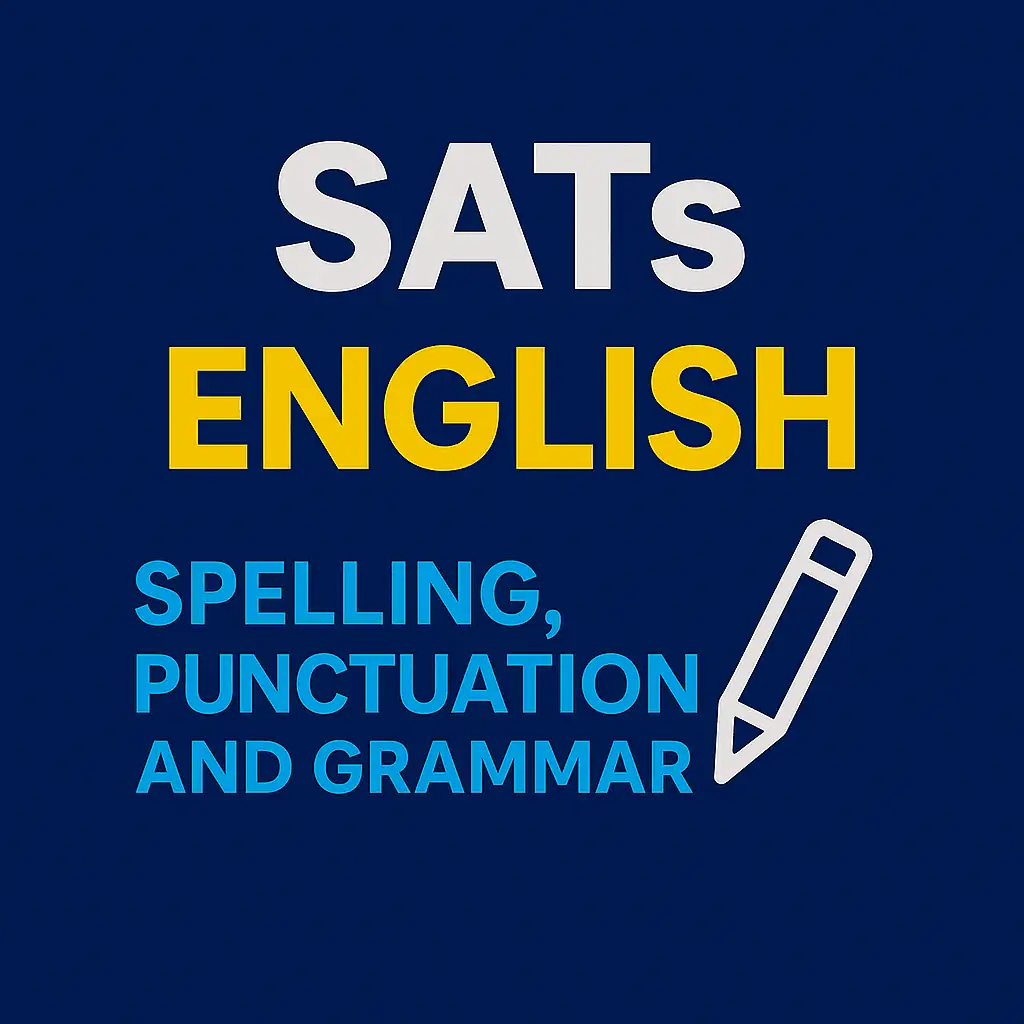Table of Contents
ToggleMastering Parallel Structure for SAT Writing
Introduction
Parallel structure, or parallelism, is a fundamental grammar rule tested frequently on the SAT Writing and Language section. It ensures consistency within sentences, making them clear and easy to understand.
In this guide, we’ll cover:
- What parallel structure is and why it’s important.
- Common types of parallelism errors.
- Strategies to identify and fix parallel structure mistakes.
- Examples and practice questions to reinforce your understanding.
What is Parallel Structure?
Parallel structure means that items in a list, comparison, or related clauses must follow the same grammatical form.
Correct Example:
- She enjoys hiking, swimming, and biking.
(All items use the same “-ing” verb form.)
Incorrect Example:
- She enjoys hiking, swimming, and to bike.
(The last item breaks the pattern by using “to bike” instead of “biking.”)
Types of Parallel Structure Errors
Lists or Series
When items in a list are not parallel, the sentence becomes awkward and incorrect.
Example:
- Incorrect: The program focuses on reading, writing, and to solve problems.
- Correct: The program focuses on reading, writing, and solving problems.
Tip: Look for words like and, or, or but. These are clues that a list requires parallel structure.
Comparisons
When comparing items, they must follow the same structure.
Example:
- Incorrect: Running a marathon is more challenging than to swim a mile.
- Correct: Running a marathon is more challenging than swimming a mile.
Tip: Look for words like than or as to spot comparison structures.
Correlative Conjunctions
Pairs like both/and, either/or, neither/nor, not only/but also require parallel structure.
Example:
- Incorrect: She is not only intelligent but also works hard.
- Correct: She is not only intelligent but also hardworking.
Strategies to Identify Parallel Structure Errors
Step 1: Identify the List or Comparison
- Look for conjunctions (and, or, but) or correlative pairs (either/or, not only/but also).
Step 2: Check the Grammatical Forms
- Ensure each item follows the same structure:
- Verb forms (running, swimming, biking)
- Nouns (clarity, structure, accuracy)
- Clauses (She enjoys cooking, she loves reading, she practices writing).
Step 3: Eliminate the Odd One Out
- If one item looks different, it’s likely incorrect.
Common SAT Parallel Structure Examples
Example 1: Lists
Question: Which sentence is correct?
A. The job requires strong communication, organization, and to lead a team.
B. The job requires strong communication, organization, and leadership.
Answer: B. All items in the list (communication, organization, leadership) are nouns, maintaining parallel structure.
Example 2: Comparisons
Question: Choose the correct sentence:
A. Learning a new language is harder than to master cooking.
B. Learning a new language is harder than mastering cooking.
Answer: B. “Learning” and “mastering” follow the same gerund form.
Example 3: Correlative Conjunctions
Question: Choose the sentence with correct parallelism:
A. She is both talented and works efficiently.
B. She is both talented and efficient.
Answer: B. “Talented” and “efficient” are both adjectives, ensuring parallel structure.
Common Mistakes and How to Fix Them
Mistake 1: Mixing Verb Forms
- Incorrect: He likes to read, writing stories, and to draw.
- Fix: He likes to read, write stories, and draw.
Mistake 2: Inconsistent Noun Forms
- Incorrect: The company values creativity, being organized, and hard work.
- Fix: The company values creativity, organization, and hard work.
Mistake 3: Breaking Correlative Constructions
- Incorrect: The project is either successful or a failure.
- Fix: The project is either successful or unsuccessful.
SAT Practice Question
Question:
Choose the sentence with correct parallel structure:
- The professor asked us to write an essay, creating a presentation, and to take part in a group discussion.
B. The professor asked us to write an essay, create a presentation, and take part in a group discussion.
Solution:
The correct answer is B because all verbs follow the same infinitive form (write, create, take part).
Tips to Master Parallel Structure
- Look for Patterns: Lists, comparisons, and paired conjunctions should follow a logical and consistent structure to ensure clarity.
- Check Verb Tenses: Stick to the same verb tense throughout a sentence when listing actions or ideas. For example: “She enjoys swimming, running, and biking” (not “swimming, running, and to bike”).
- Maintain Consistency in Lists: Ensure that items in a list are in the same grammatical form. For instance, “The project requires planning, organizing, and executing” is parallel, while “planning, organizing, and to execute” is not.
- Balance Paired Conjunctions: Use consistent structures with paired conjunctions like “either…or,” “neither…nor,” and “both…and.” Example: “He is both talented and hardworking” (not “talented and works hard”).
- Read Aloud: Reading sentences aloud can help you hear inconsistencies in structure that might not be obvious when reading silently.



